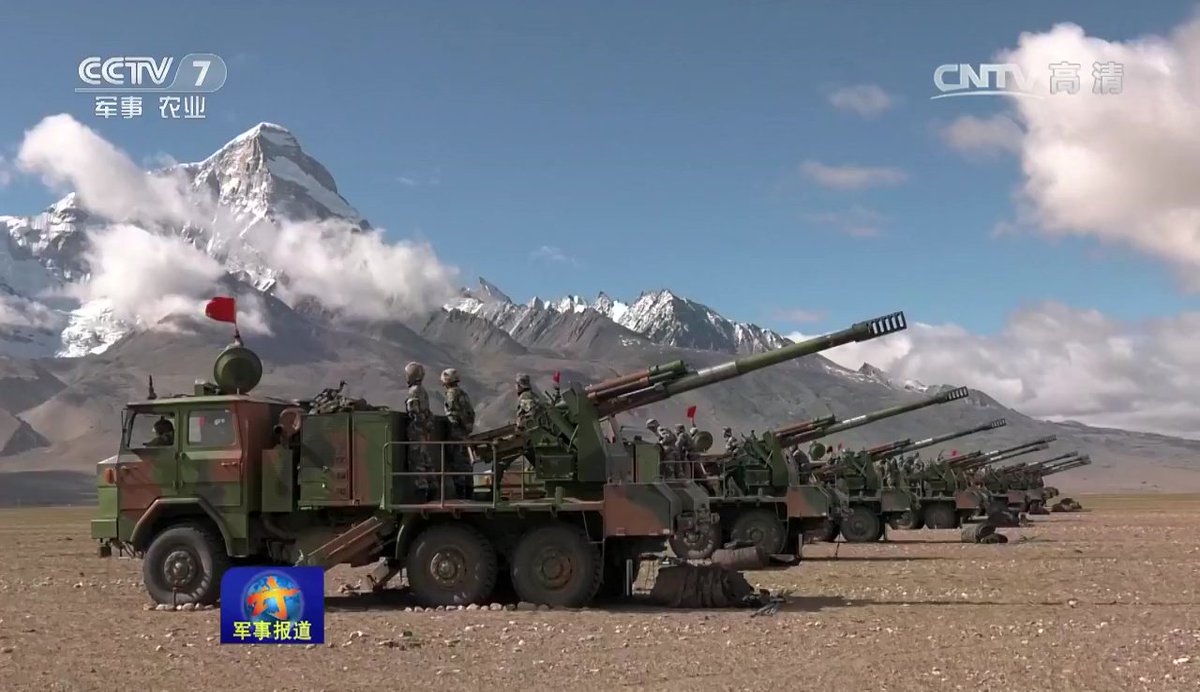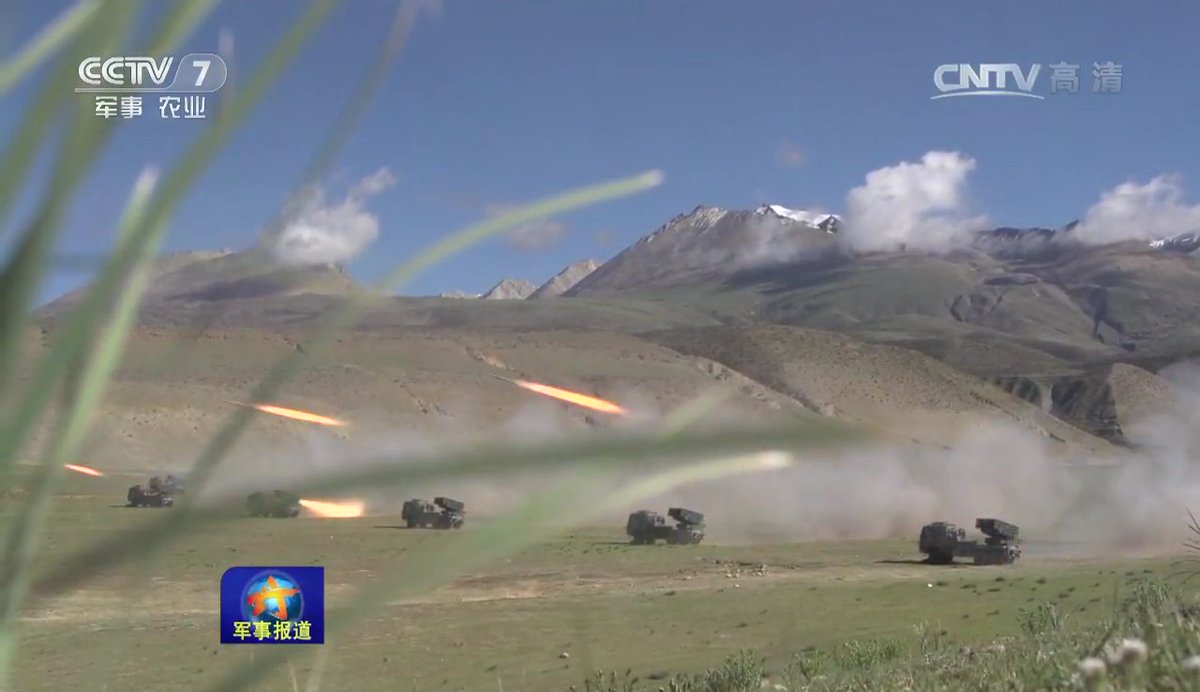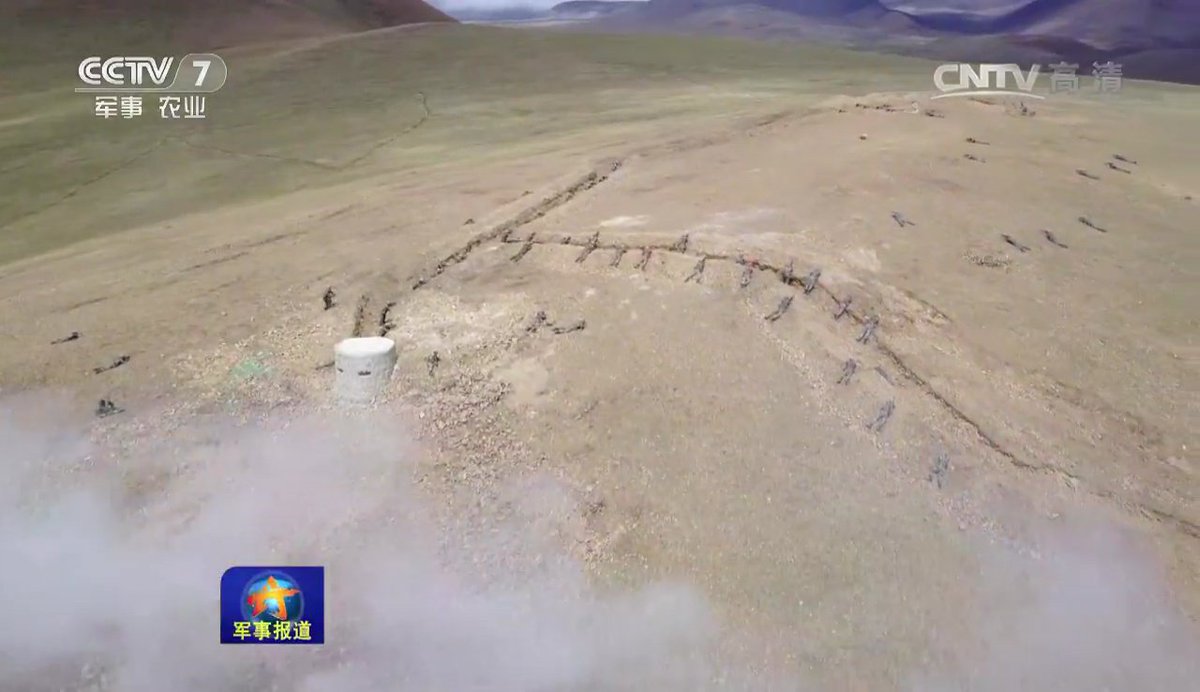India has repeatedly ignored China's call for pulling its border-crossing troops from Doklam area back to its own territory. However, turning a deaf ear to China will but to worsen the month-long stand-off and put itself further into embarrassment.
India should not regard the existing situation as the same as or even similar to the previous two stand-offs in 2013 and 2014 near Ladakh, a disputed area between China,
and India in southeastern Kashmir. Diplomatic efforts led the troops frictions there to a well-arranged end. But this time it is a totally different case.
This is the first time Indian troops have crossed the border in the Sikkim section India has demarcated with China, which, Chinese Foreign Ministry spokesperson Geng Shuang said, is also the only determined boundary between the two Asian countries.
"The Sikkim section of the China-India boundary has been defined by the Convention between Great Britain and China Relating to Sikkim and Tibet(1890)," and both Chinese and Indian governments have repeatedly acknowledged it, Geng noted.
In June, Indian troops brazenly crossed into the Chinese territory in Doklam, stayed there and obstructed China from building a road there. Many arguments and protests from China have failed to bring India back to reason.
New Delhi claimed encroachment of its own territory by China before saying it sent troops to "protect" its "ally" Bhutan, a sovereign state which has apparently so far made no such an invitation for the sake of that boundary area.
India has to know illegal stay of its troops in Doklam will by no means force a fait accompli there, and that it has to change mind before things going even worse.
China has made it clear that there is no room for negotiations on this incident, and India must withdraw its border-crossing troops from Doklam. For China, border line is the bottom line.
In addition, India's illegal move in Doklam runs contrary to the fundamentals on international relations it has advocated since 1950s along with China and Myanmar. The five principles of peaceful co-existence include mutual respect for sovereignty and territorial integrity.
In recent years, some Indian civil groups, tinted with intense nationalism, have been constantly stirring up anti-China sentiments, even clamoring to boycott "the commodities of hostile countries" at a time when the situation on China-Indian boundary intensified.
On the occasion that the trespass by the Indian troops took place at the Sikkim section of the China-India boundary, some senior officials of India made irrational remarks, which further fueled the unnecessary tension.
As an old Chinese saying goes, peace is most precious. It has been noticed that Indian Foreign Secretary Subrahmanyam Jaishankar recently has made positive remarks in Singapore, saying that "India and China should not let differences become disputes."
What China would like to see more are corresponding actions taken by India.
China has a will to solve the problem peacefully by diplomatic means, and China also cherishes the peace and serenity in the border areas, but the precondition is that the trespassers of India must withdraw unconditionally.
It is highly anticipated that India would abide by the basic principles of international law, and would not stick to its errors stubbornly.











